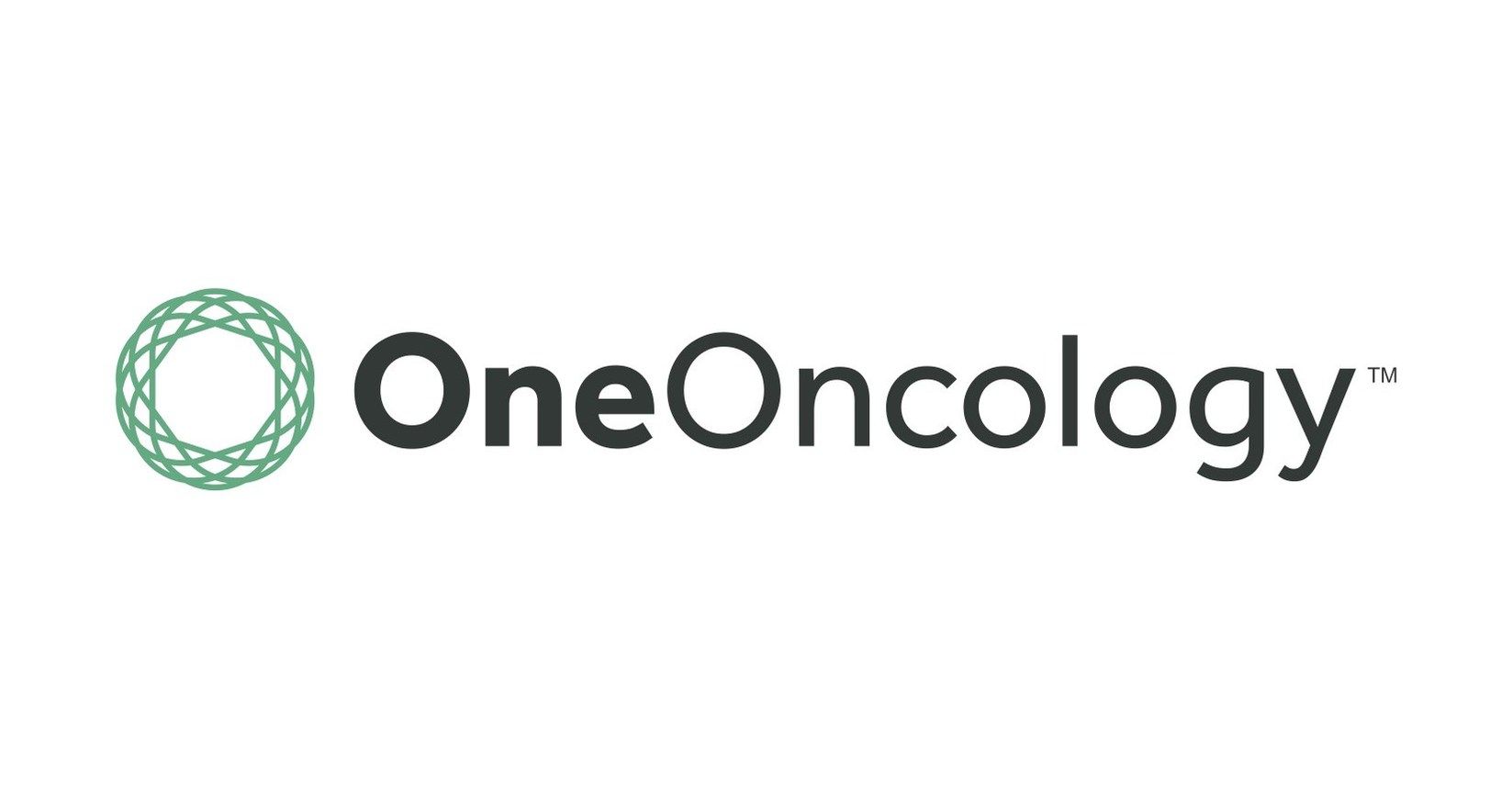Commentary
Video
AHN's Congestive Heart Failure Bundle Cuts Costs, Improves Cardiovascular Care
Author(s):
Carol R. Regueiro, MD, MSc, of Allegheny Health Network (AHN), explains how AHN's congestive heart failure bundle has enhanced collaboration between cardiology and primary care.
In the second part of our interview, Carol R. Regueiro, MD, MSc, director of complex care transformation at Allegheny Health Network (AHN), discusses how AHN's congestive heart failure (CHF) bundle has strengthened collaboration between cardiology and primary care, leading to proactive patient education and reduced emergency department (ED) visits.
She noted that the program’s focus on smooth care transitions and outreach has significantly decreased readmission rates and health care costs. Regueiro added that these efforts have also enabled AHN to generate shared savings, reinvesting funds to further support cardiology and improve patient outcomes.
This transcript has been lightly edited for clarity.
Transcript
Could you tell us about the congestive heart failure (CHF) bundle in particular and what impacts it's had within the cardiology space?
I think our shadow bundles really helped us extend our interaction with our cardiologists and really improve the integration between cardiology and primary care even more than before, really extending it to proactive support of primary care where the cardiologist will help educate patients as to why it's important to have a primary care physician and how it can help them avoid going to the ED and get care more quickly, more effectively, less expensively for the patient. So those kinds of things have been good.
I think it's really helped us decrease our readmission rates. They really do pay a lot of attention to all the various pieces, both at the transition of care when the patients leave and getting them seen in the outpatient space. We take pride in having fairly low readmission rates at this point, especially compared to national averages.
In the last year that we earned shared savings with MSSP [Medicare Shared Savings Program], they were able to earn a large amount of money for the cardiology group, which was important to help plow back into these resources to support their care so the physicians feel supported and they can focus on the physician work.
I think it's really helped us understand opportunities for care improvement that the specialists see that maybe the other areas don't so we can understand opportunities to improve care, how we can meet those opportunities, and, with these different programs, actually support funding those opportunities, and putting the infrastructure into place to do those things.
What are some of the solutions put in place to achieve savings and close gaps in CHF care?
We really have been able to—through reduced readmissions—reduce unnecessary ED visits and avoidable hospitalizations. We have decreased the cost of care for our patients in this bundle. We have a comparator group, so we can really see that we have groups of patients not in this bundle within our MSSP, and compared to that group, the ones in our CHF bundle with the cardiology group that we're working with on this have really been far less expensive.
In the years that we have achieved shared savings in the overall MSSP program, we've been able to give cardiology back over $400,000 in savings because they've been able to help us achieve that. There's been other things that we're hoping, as we move forward, will help in achieving more savings; it'll be interesting to see.
We've done a vaccine-preventable illness outreach. As we all know, COVID-19 and other respiratory illnesses, it's the season for them now. Patients with heart failure often are at the highest risk, and so we've started asking the practices to do a generalized outreach to remind their patients to get vaccinations and things of that nature, which is typically not something specialty care does, but they've kind of embraced that as something they can help primary care with to think about reducing unnecessary care. So, this has helped drive down some of the costs, and we're hopeful that some of these interventions will drive down the cost in the future.

Navigating Sport-Related Neurospine Injuries, Surgery, and Managed Care




